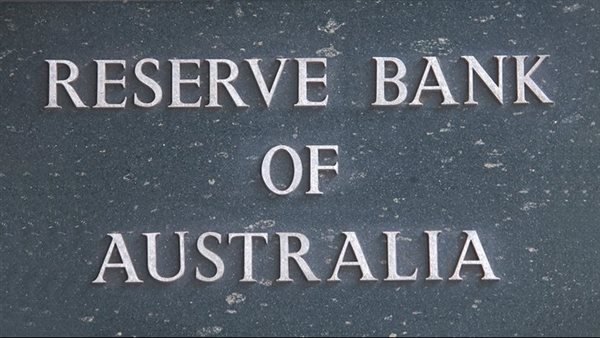
The Australian Central Bank said on Tuesday that there is no immediate need to change interest rates after keeping them stable for a year now, but it is important to be prepared to act as the economic outlook evolves.
Minutes of the November 4-5 board meeting released on Tuesday showed the RBA again discussed scenarios under which the 4.35% cash rate might have to be lowered, raised or held steady for an extended period.
In one such scenario, the Reserve Bank of Australia said a sharp slowdown in inflation might justify cutting interest rates but the board would need to observe more than a good quarterly inflation result to be confident that such a decline is sustainable.
Markets have not yet priced in on a full rate cut until May next year, with a 38% chance of a move in February after the fourth-quarter inflation report.
However, most economists are still looking to cut interest rates in February and the central bank has considered a range of scenarios that may require a timely policy response.
“It is important that we remain forward-looking, and avoid over-reliance on backward-looking information that may lead the Board to react too late to a change in economic conditions,” the RBA said.
The Reserve Bank of Australia stressed that policy may need to tighten if the board rules that the current situation is not sufficiently restrictive, adding that it will closely monitor data such as credit growth, banks’ willingness to lend and asset price growth.
The central bank has kept interest rates steady for a year now, considering the cash rate of 4.35% – up from a record low of 0.1% during the pandemic – restrictive enough to bring inflation to its target range of 2-3% while maintaining employment gains.
The Reserve Bank of Australia does not expect inflation to return to its target range until 2026 and headline inflation slowed to 2.8% in the third quarter, mainly due to government rebates on electricity, while core inflation was at a high of 3.5%.
Other scenarios for a cash rate change include developments around consumption and the labor market Card data from banks showed that consumer spending was weaker than expected even with government tax cuts, while the labor market remained surprisingly strong, with the unemployment rate remaining at 4.1% for six months or Towards that.
The RBA noted that if supply capacity in the economy is more limited than assumed and productivity growth fails to recover, it may require a tougher policy stance.
The central bank was also monitoring major changes in US economic policy and the size of the stimulus package from China.



